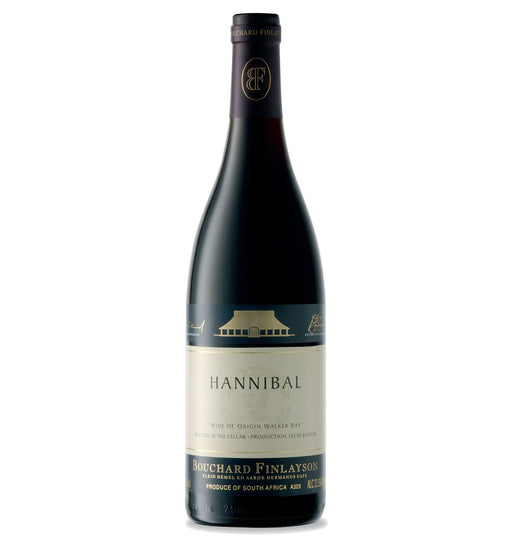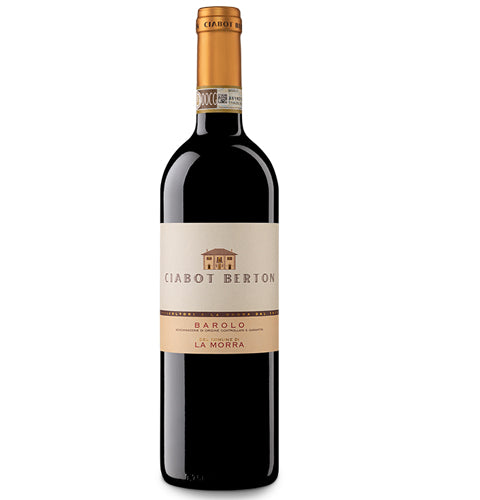Nebbiolo
If Pinot Noir is the world's most tantalising grape, Nebbiolo runs it a close second - for very similar reasons. While the red Burgundy grape has been slow to travel happily from its birthplace, and is only just showing signs of settling down in places such as Oregon, Australia, South Africa and cooler parts of California, good Nebbiolo wine is still extremely difficult to find outside its homeland in north west Italy. Yet the best of these home grown products are so uniquely delicious that winemakers all over the world are enticed to give it a try.
Even in its region of origin, Piemonte, Nebbiolo is exceptionally finicky about where it will happily grow and ripen. The Nebbiolo heartland is the tiny Barolo region, a cluster of fog-prone hills around the village of the same name just south west of the truffle town of Alba, south of Turin. But the scores of exceptionally gifted and dedicated grower-producers there know that it is worth planting Nebbiolo only on south or south-west-facing slopes at an altitude somewhere between 250 and 450m (820 and 1,500ft) as there is no chance of making decent wine from this late-ripening variety if it is not exposed to maximum sunshine. Less well-favoured sites are planted with Barbera, Dolcetto, or even such incomers as Chardonnay.
Nebbiolo needs particularly careful site selection as it is not only late-ripening but also early flowering, so there is no point in planting it anywhere that might suffer from spring frosts. Hence the suitability of the slopes of the Langhe hills. Nebbiolo is popularly thought to take its name from nebbia, Italian for the fogs that characteristically drape these hills in autumn, further restricting any ability to ripen late in the growing season. Growing Nebbiolo is a question of precision engineering - not least because the vines are naturally vigorous and need extremely strict treatment in the vineyard if they are not to waste all their energy on sprouting leaves rather than ripening fruit.
There are other parallels with Pinot Noir. Just as there is good evidence that the red Burgundy grape has been grown in its homeland for many centuries, there is incontrovertible evidence that Nebbiolo has been grown and valued around Alba since at least the 14th century. And just as Pinot Noir is notoriously unstable genetically, available in many different shades, sub-varieties and clones, so is Nebbiolo. Of the four sub-varieties traditionally grown in the Alba area, Lampia is the most popular and reliable, but Michet is more highly valued for the quality and concentration of the wine produced. The Bolla clone, closely related to Lampia, has been abandoned because it was too productive while the Rosé clone is relatively rare because it produces such pale wines and Nebbiolo is anyway not particularly high in colouring matter - another similarity with Pinot Noir.
Further like Pinot Noir, Nebbiolo is extremely sensitive to the soil in which it is planted and tends to make the very finest wine when grown on the calcareous marls around Alba, either to the south-west in the Barolo zone or to the north-west in the smaller, younger Barbaresco zone where slightly lighter, earlier-maturing wines are made. Nebbiolo is also grown on the rest of the Langhe hills on the right bank of the Tanaro river to be sold as Langhe Nebbiolo or on the sandier soils of Roero on its left bank which produces surprisingly dense wines sold either as Roero or under the name Nebbiolo d'Alba, a larger zone. These can be some of the best value examples of Nebbiolo.
So what does Nebbiolo at its best taste like? It's one of the few grapes you can sometimes identify simply by its colour alone, for it tends to take on a brick-orange tinge at the rim of its blackish ruby relatively early in its often long life.
Perhaps the most wonderful thing about Nebbiolo is its perfume. The wine is typically intensely aromatic, developing the most extraordinarily haunting bouquet in which, variously, roses, autumn undergrowth, woodsmoke, violets and tar can often be found - together with a greater variety of other ingredients than most other grapes. On the palate, the wine is typically high in acidity and, until after many years in bottle, tannins.
In fact, top quality Barolo made in the most traditional way is one of the slowest-maturing wines in the world, easily withstanding four decades in bottle. For a while small French oak barriques replaced the traditional large Slovenian oak casks, or botti, resulting in smoother, faster maturing, if slightly less distinctive wines. Although in the 1980s botti versus barriques took on the dimensions of a holy war, most producers today use a mixture of these two sorts of container for ageing, depending on the particular vintage and individual vineyard (often called a cru, bricco or sorì here).
This comfortable north-western corner of Italy, where life can seem to revolve around a table laden with good things and where on a clear day the snow covered Alps provide a constant backdrop, enjoyed one of the most remarkable runs of good vintages from 1995 until 2001 but all this came to a shuddering halt in 2002 when there was severe hail damage to considerably more vineyards than usual and constant rain dogged quality in those vineyards untouched by hail (a perennial problem).
Nebbiolo is also planted on much higher land towards the sub-alpine vineyards of Valle d'Aosta to produce Carema and in the more recently created zones of Albugnano, Canavese, the hills around Novara and on the banks of the Sesia river. Boca, Bramaterra, Fara, Gattinara, Ghemme, Lessona and Sizzano are all wines that are predominantly dependent on Nebbiolo, or Spanna as it is sometimes called here, though usually in a rather less pure form than a great Barolo.
And in the far north of Lombardy, on a south-facing wall of vines in the narrow east-west Valtellina valley on what is effectively a southern extension of the Alps, Nebbiolo makes wines labelled variously Sforzato, Valtellina Superiore, Grumello, Inferno, Sassella and Valgella which have a distinctly alpine personality and can take on a certain light meatiness with age.
Elsewhere in Italy, Nebbiolo is almost unknown, although there is a little in Franciacorta. Outside Italy all manner of inquisitive and ambitious growers have been trying to squeeze a hint of Piemonte's haunting aroma out of imported Nebbiolo vines. I have occasionally seen encouraging signs of this in wines produced from the King Valley in the north-eastern corner of the Australian state of Victoria and in the odd example from California's Central Coast and Washington State. The grape is also grown hopefully elsewhere, notably in Latin America, though so far without enormous success.
By Jancis Robinson
-
 Sale
£30.44
Sale
£30.44Bouchard Finlayson Hannibal
Bouchard FinlaysonBouchard Finlayson Hannibal shows both power and finesse like Hannibal himself, the palate has spicy tones overlaying a supple and gently leathery ...
View full details -
 Sold out
£30.98
Sold out
£30.98Ciabot Berton Barolo "La Morra" 2014
Ciabot BertonThis Barolo is a wonderful combination of power and elegance showing the hallmark characteristics of violets and roses. Made from the younger vines...
View full details


